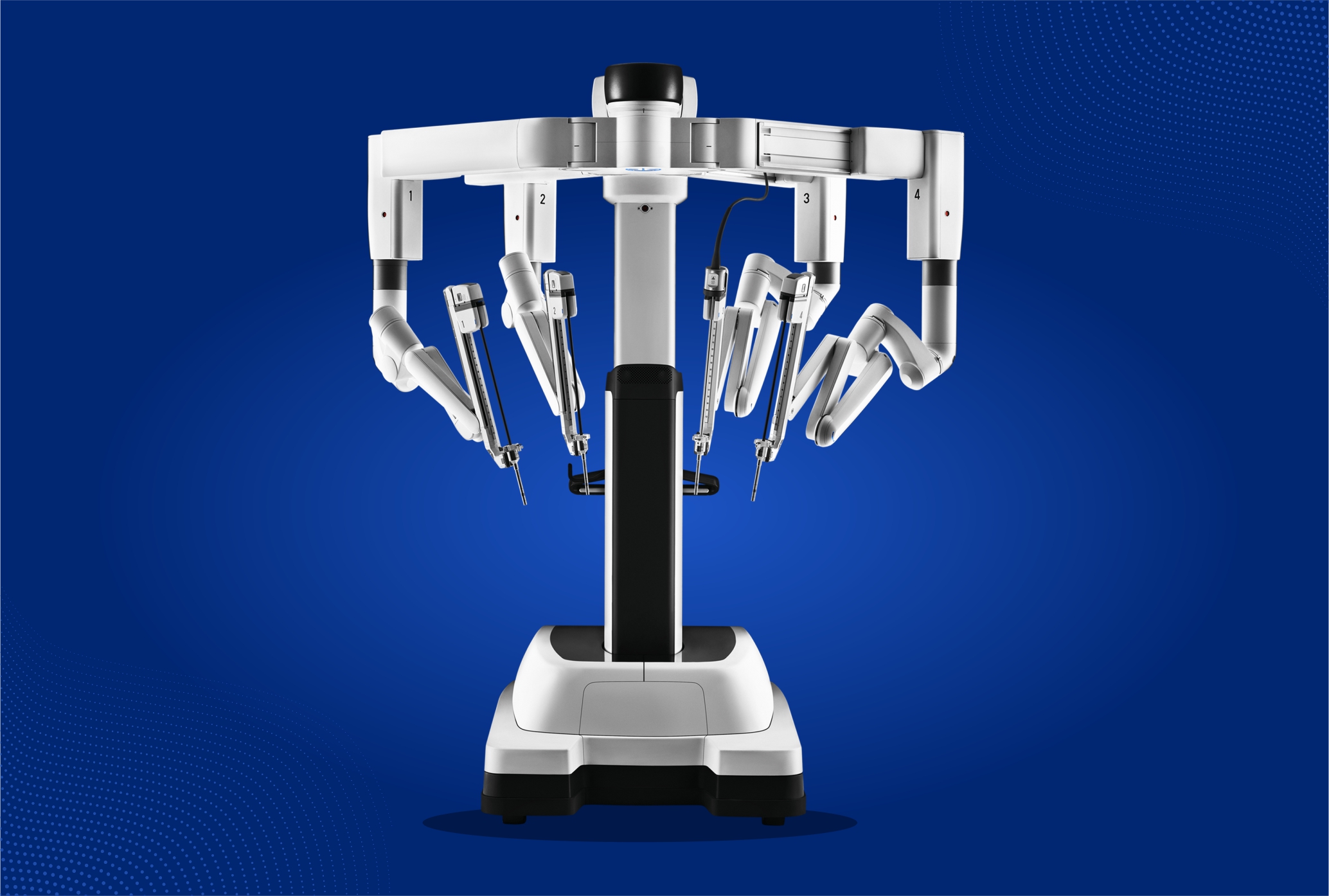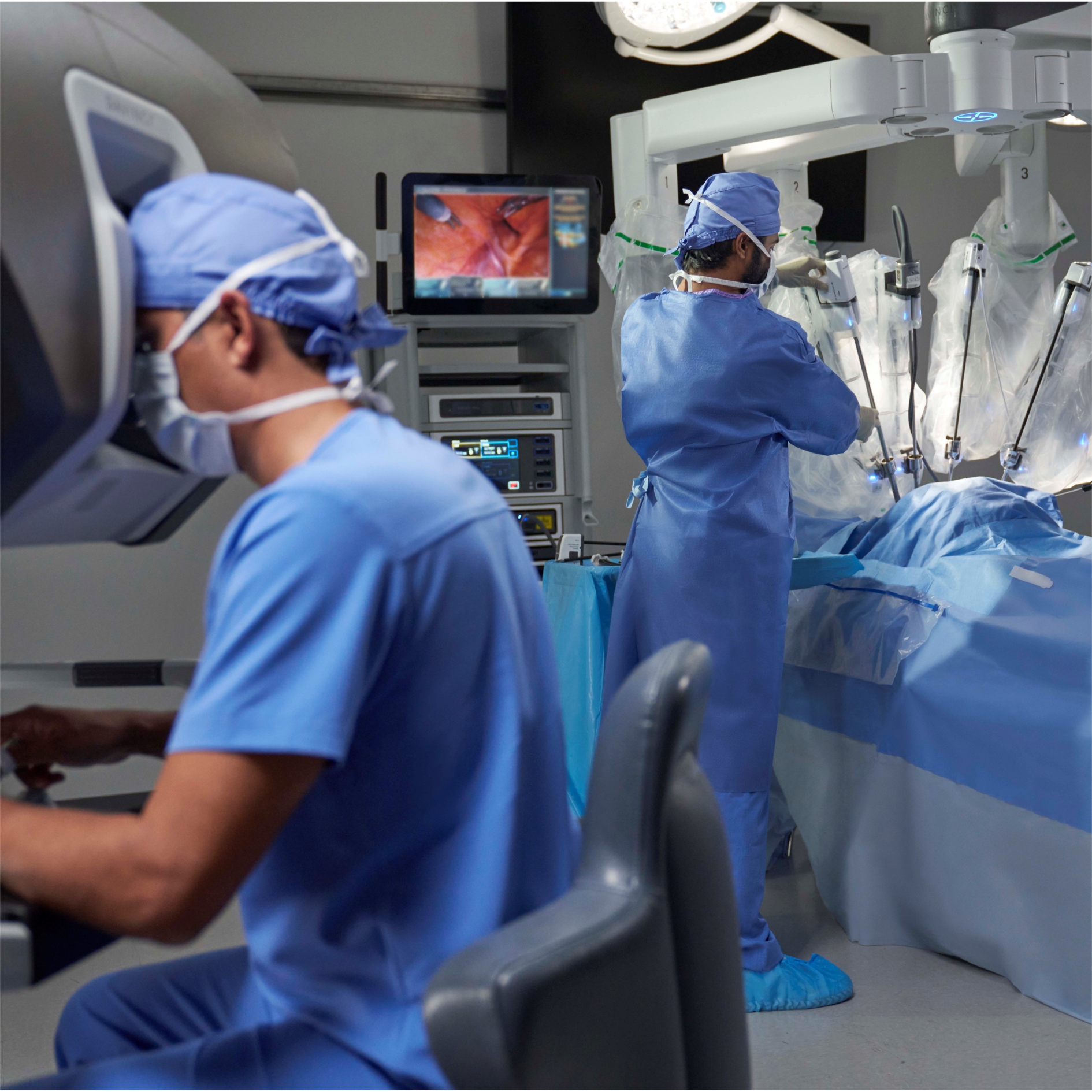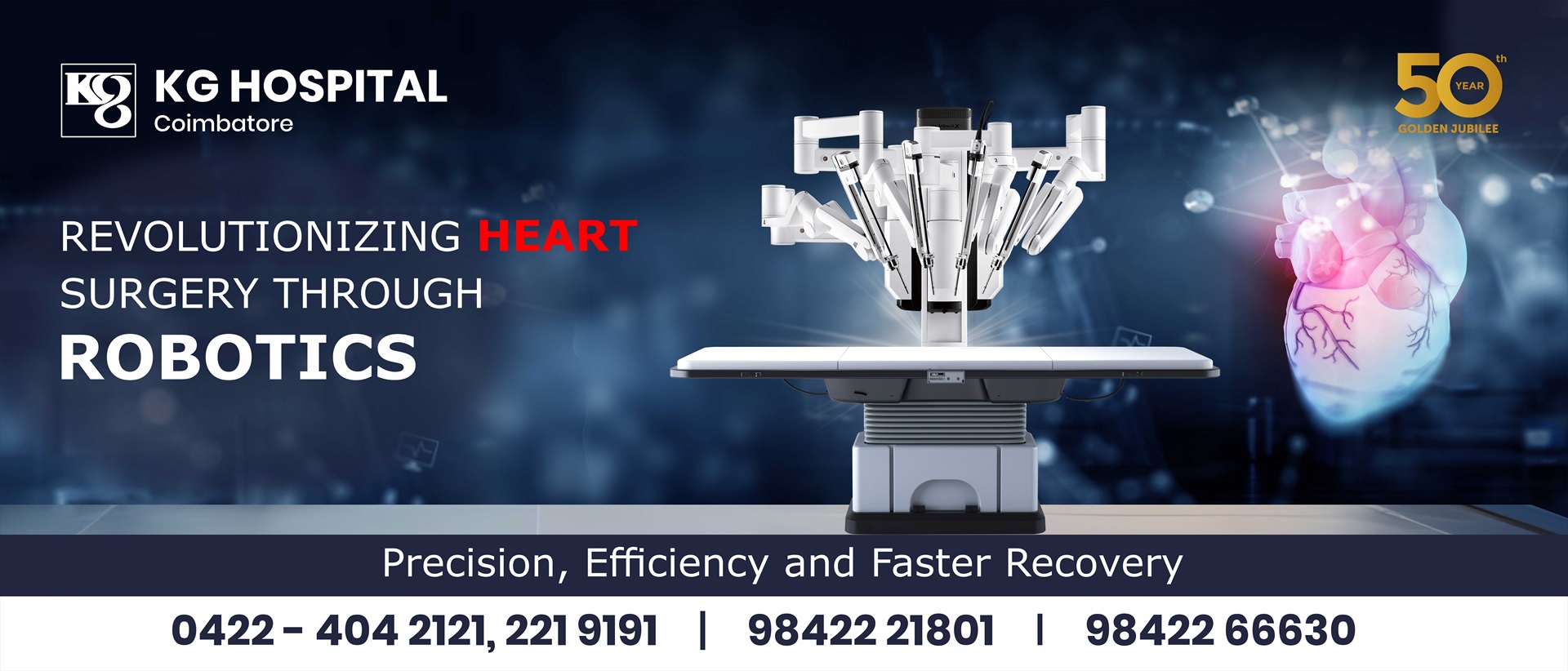Why your doctor may recommend robotic surgery ?

Just as technology, such as MRI and CT scanners, enhances doctors’ skills beyond what the human body allows, robotic surgery extends the capabilities of a surgeon’s eyes and hands.
- The doctor stays with you in the operating room and uses his or her hands to control a camera and surgical instruments to perform the procedure
- The doctor views the entire operation in 3DHD, giving your surgeon a clear view of the surgical area that is magnified 10 times to what the human eye sees.
- The doctor uses tiny instruments that move like a human hand but with an even greater range of motion. The system’s built-in tremor-filtration technology helps your surgeon move each instrument with smooth precision.
Benefits of robotic surgery


Procedures
The system can be used for these procedures

- Coronary artery bypass grafting (CABG)
- Mitral valve repair
- Aortic valve replacement
- LA Myxoma excision
- ASD Closure

- Kidney blockage surgery
- Kidney surgery
- Prostate surgery

- Endometriosis resection
- Hysterectomy
- Fibroid removal (myomectomy)

- Kidney blockage surgery
- Kidney surgery
- Prostate surgery

- Stomach Resection
- Liver Resection
- Pancreas Resection
- Colon resection
- Hernia repair
- Common Bile duct stones
- Bile duct stone resection
- Gallbladder surgery
- Bariatric (weight-loss) surgery
- Fundoplication
- Rectal resection
- Splenectomy
- Esophagectomy
What is the Robotic system?
It is a surgical system with three parts:

Holds the camera and surgical instruments the surgeon controls from the console

Is the control center where the surgeon sits to perform the operation

Manages the communication between all the system components and provides a screen for the care team to view the operation


